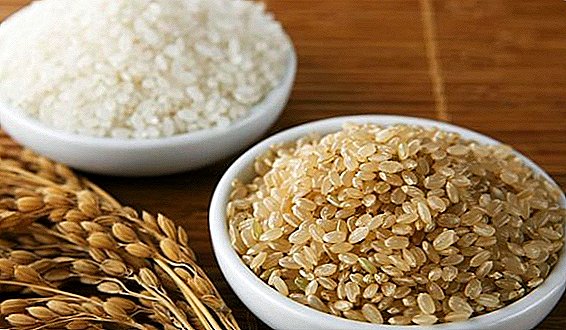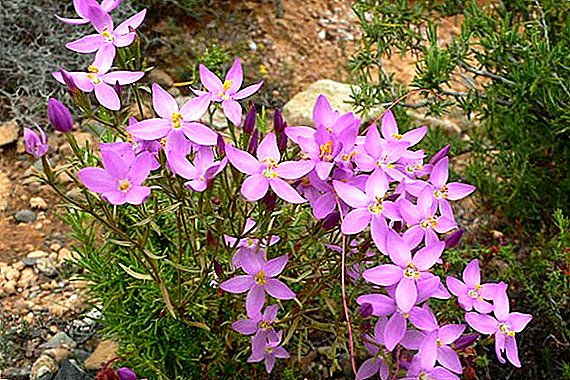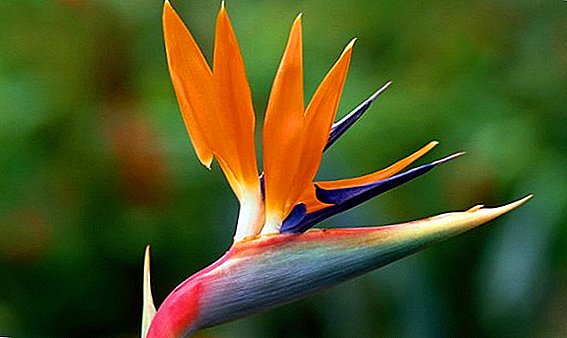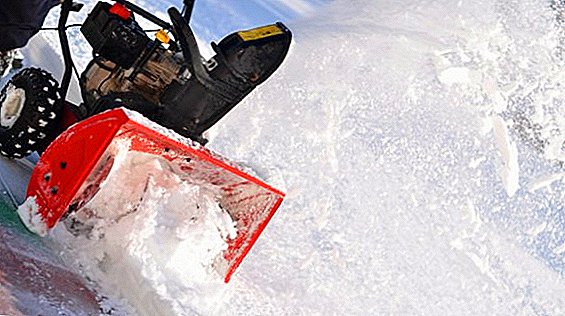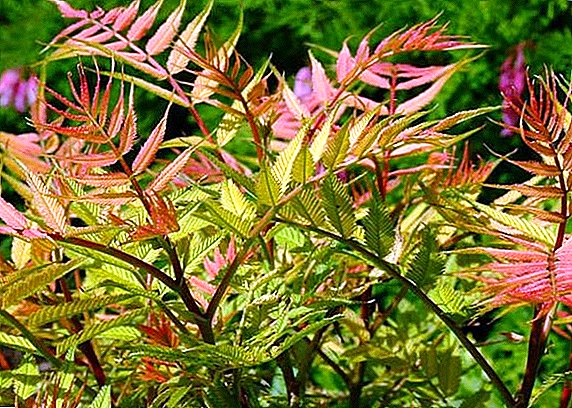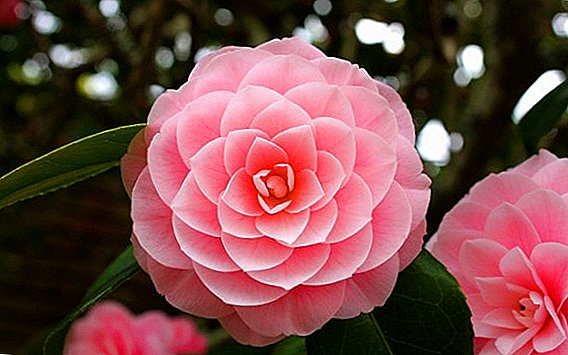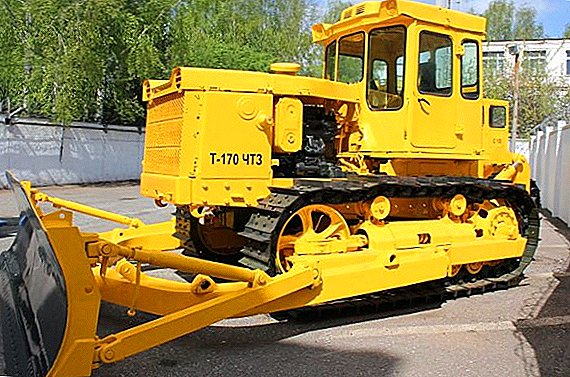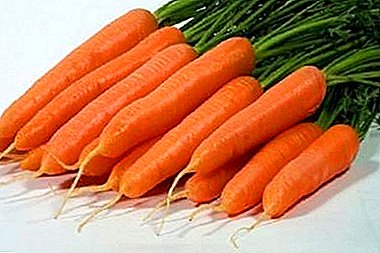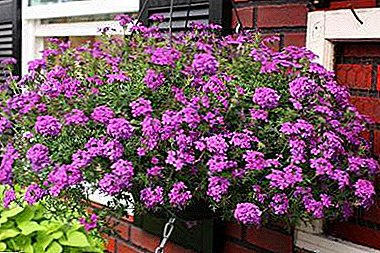
In nature, there are a large number of flowers that are endowed with incredible beauty and at the same time little known. These colors can be attributed, and verbena.
It has long been considered not only a medicinal plant, but also attributed magical properties to it. Now it is used as a decoration of the dacha, a balcony, a terrace, or as a houseplant.
You will learn about the types and varieties of verbena, as well as what care is needed for this plant in this article.
Description of species and photos
"Buenos Aireskaya"

This is not the only name for this type of verbena. It is also called:
- Argentine;
- high;
- Brazilian;
- lilac flowers.
Verbena is a perennial herb. The homeland of growth is considered to be South and Central America. This is a tall bush, whose height can reach from 1 to 1.5 meters. Distinctive features of this species are a quick adaptation to the place of growth and the ability to take root with any plants.
The bush is formed quite long. Its beginning is given by one stalk, which is rustic, it produces processes from the lateral sinuses. Such numerous processes grow, become strong and hold inflorescences, without requiring additional supports.
The plant has thin, elongated leaves with teeth on the edges.. Leaves have a corrugated surface. Most of the leaves are located in the lower part of the bush and only a few are located on the stems and side shoots.
Small flowers have the shape of a funnel. First, they have a dark purple hue, and later, when they bloom stronger, they become light magenta. Taken together, the flowers are panicle inflorescences. They unite in a larger inflorescence, which is called a complex umbrella.
The flowering of Buenos Ayres verbena begins in mid-summer. It is rich in bright colors and delicate aroma that attracts bees, bumblebees, butterflies. Flowering continues until late autumn.
Seeds begin to ripen in September. In a cold climate grows as an annual.
Breeding methods:
- seedlings;
- grafting;
- self-seeding
"Bonarskaya"

The natural habitat of this species is Central and South America. An adult plant is represented by an erect shrub that grows up to 100-120 cm. Flowering is represented by thin, durable peduncles that form openwork inflorescences in the form of umbrellas. In the inflorescences are small purple flowers.
We offer to watch a video about Bonarskaya Vervain:
"Home"

It is an annual, indoor view of verbena. Home vervain reaches a height of half a meter. When grown in a hill, the bush becomes round. This type of vervains has four-sided shoots. The leaves have a triangular shape and a rough surface. Flowers of medium size can have a variety of colors. The shade of colors can be blue, pink, deep red. The color can be monophonic or interspersed with an eye.
The peculiarity of house vervain is that it easily takes root with absolutely all plants. These can be flowers, such as:
- aster;
- chamomile;
- the Rose;
- marigold.
It will also get along with decorative varieties of cereal plants.
"Spear"

At home, this species grows on the shores of rivers and lakes. Prefers moist and rich soil. Distinguishes spear-like vervain from other types of its elegant appearance. It is more resistant to cold than other species. Its feature is a variety of colors. Spear-shaped vervain - perennial plant. Its height is from 1 to 1.3 meters. Inflorescences are presented in the form of copies. It is because of them that this species got its name.
The most common shades of colors are blue and purple. The flowers are small and can quickly crumble, but the plant does not lose its decorative effect. The leaves are grayish-green with an edge. They are long, elongated. This type of verbena emits a fragrant and rich aroma. It is an excellent honey plant. This type of verbena can winter in open ground.
"Canadian"

The growing area in the wild - the central part of America and its southeastern regions. Perennial plant up to 20 cm high. Bushes are loose. In the center are tetrahedral stems that grow upwards. Lateral stems grow in breadth, are located on the ground and rooted lower sinuses. Branches with a smooth and slightly lowered surface are rarely formed.
This type of vervain has delicate leaves. They are small, egg-shaped. They are green grass colored and have an extension at the sides. Along the edges of the leaves are observed dissection with the teeth and membranes. The inflorescences are umbrella-shaped and consist of small flowers.. Shades of flowers can be very diverse: from delicate white, pink or lilac to deep blue or purple.
Canadian Verbena differs from other plant species by its cold resistance (it can withstand temperatures up to -30 degrees), its ability to withstand drought for a long time, and undemanding to care for it.
"Yellow perennial"

The species is represented by a small perennial bush with elongated leaves of a juicy green color. It has creeping shoots, on top of which inflorescences are located. Leaves have a hard surface. They are lowered down. The flowers are medium in size and can range from slightly bluish to bright purple.
The species has certain cultivation features that you need to know.:
- after transplantation in open ground can not be watered with plenty of water;
- when the plant ceases to bear fruit, then it is necessary to complete the watering;
- it needs loose soil, so after watering it is necessary to let air into the soil.
General rules for the care of varieties
Verbena is undemanding in care. Caring for it is simple, but it must be provided in a comprehensive manner.
- Planted in an open ground plant is necessary after the last frost will be.
- Do not plant plants close to each other. The distance should be from 25 to 30 cm. Only in such conditions the plant will be able to grow fully.
- When drying the soil, it is necessary to loosen.
- Verbena must be abundant watering, but do not let water stagnate.
- If verbena grows in combination with other plants, then we need to weed it until it grows. If it grows singly, then we need to constantly.
- The plant requires complex feeding, which contribute 1-2 times a month.
- Organic feed is made once to prevent an excess of nitrogen in the soil.
- It is necessary to remove dried inflorescences.
- The seeds are collected after they change color. If you see that the seed box has become brown in color, then you need to collect the seeds.
We offer to watch a video about the general rules of care for vervain:
Conclusion
Unpretentiousness and variety of verbena species allow to grow it both in open ground and in a pot, as a house plant. In addition, it is an excellent landscape solution for lovers of a beautiful garden plot. And thanks to the list of useful properties it is used not only as decoration.


